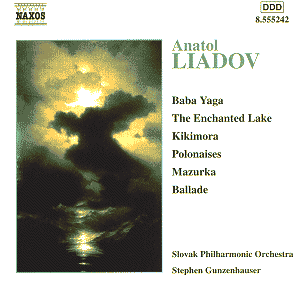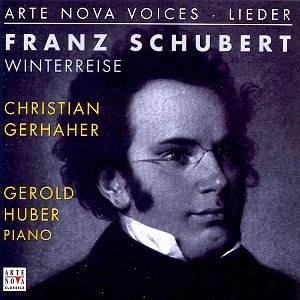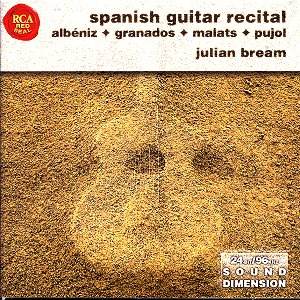 Composer: Anatol Liadov
Composer: Anatol Liadov
Works: Intermezzo, Opus 8; Mazurka, Opus 19; Ballade, Opus 21b; Polonaise, Opus 49; Polonaise, Opus 55; Baba Yaga, Opus 56; The Enchanted Lake, Opus 56; Kikimore, Opus 63; The Apocalypse (fragment), Opus 66; Nänie, Opus 67
Performers: Slovak Philharmonic Orchestra; Stephen Gunzenhauser, conductor
Recording: May 1985, Concert Hall of the Slovak Philharmonic, Bratislava
Label: NAXOS
Anatol Liadov, often overshadowed by the towering figures of Russian music, occupies a unique niche in the late Romantic period. Renowned for his exquisite orchestration and miniatures, Liadov’s reputation was paradoxically built on the works he did not complete, notably the ill-fated ballet score for Diaghilev that paved the way for Stravinsky’s The Firebird. This Naxos reissue, drawn from a Marco Polo recording from the 1980s, serves as an essential reminder of Liadov’s artistic contributions, showcasing a selection of his orchestral works that reflect both his melodic inventiveness and harmonic sophistication.
The performance under Stephen Gunzenhauser’s direction presents a compelling interpretation of Liadov’s orchestral palette. The Slovak Philharmonic Orchestra exhibits a commendable grasp of the nuanced textures that characterize Liadov’s scores. In “Baba Yaga,” the rhythmic intricacies are deftly articulated, capturing the folkloric essence of the piece with a vibrant interplay of woodwinds and brass, which accentuates the witch’s menacing persona. The careful attention to detail in phrasing and dynamics reveals an understanding of Liadov’s stylistic nuances, particularly in how the orchestra navigates the contrasting moods within the piece.
The two Polonaises included in this collection highlight a more noble aspect of Liadov’s compositional voice. Here, Gunzenhauser’s tempi and phrasing lend a stately grandeur that is effective without becoming overly sentimental. In the Polonaise, Opus 49, the sweeping lines and rich orchestral colors emerge beautifully, though one might wish for a slightly more robust string sound to fully realize the work’s potential. The Mazurka, Opus 19, while shorter, encapsulates Liadov’s ability to convey emotion within a compact framework, showcasing his gift for melodic contour.
Among the most enchanting works presented is “The Enchanted Lake,” where Liadov’s orchestration truly shines. The shimmering sonorities and delicate interplay of instrumental voices create an ethereal atmosphere, reflecting the mysterious qualities of the lake itself. Gunzenhauser’s ability to pull out the lush harmonies is commendable, although the recorded sound, while adequate, lacks the vibrancy and depth that would elevate these exquisite textures to their fullest expression. The instrumental colors, particularly in the brass and lower strings, could benefit from a more vivid engineering approach to capture the full spectrum of Liadov’s orchestral palette.
“From the Apocalypse,” albeit a fragment, is notable for its emotional weight and harmonic complexity. The performance exhibits a compelling gravitas, yet one cannot help but feel that the fragment’s abruptness leaves the listener yearning for a more complete realization. This sense of incompleteness echoes Liadov’s own artistic trajectory—a composer whose potential remains tantalizingly just out of reach due to a complex interplay of ambition and procrastination.
The overall engineering of this recording does not quite match the high standards set by contemporary orchestral recordings, with sound that feels somewhat constricted and lacking in dimensionality. This limitation, while not detracting from the musicianship on display, may hinder the listener’s full engagement with Liadov’s intricate orchestral textures.
The Naxos reissue provides an important perspective on Liadov’s legacy, allowing listeners to appreciate a breadth of works that, while often overlooked, reveal a composer of considerable talent and refinement. Gunzenhauser and the Slovak Philharmonic deliver a heartfelt interpretation of this repertoire, bringing to light the beauty and sophistication of Liadov’s music. While the sound quality may not be definitive, the performances stand as a testament to Liadov’s enduring artistic merit and warrant attention from both aficionados of Russian music and newcomers alike.



